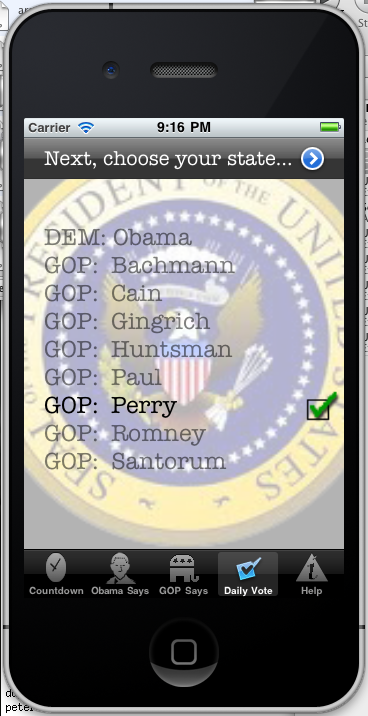This Labor Day has been a great late summer capstone. Although mostly quiet and somewhat humid, the day’s been an awesome platform for writing more and better code for two of our soon-to-be-updated iPhone apps. (Learn more about our apps on the website www.digitalhermosa.com).
One feature set involves the infrequent request to kindly rate the app, and the other to enable a number of advanced services for sharing app results. Encouraging users to rate our apps is something we’ve been avoiding up until now. Our initial apps were pretty basic designs and were focused on functionality over design and accordingly, we thought they’d be rated as disappointing. Well, with a few upgrades now under our belts, the thought is that rating is what’s stopping us from really generating successful adoption of the apps. So, we’ve taken a conservative approach – 30 days or 20 starts of the apps, which ever is later will trigger the rating request.
The second feature set is enabling sharing or social network services. With the soon-to-be-released update to the 2012 Election Aid, users can post their favorite or interesting quote discoveries from the app directly on FaceBook, Twitter, Delicious or email the quote to friends, to name four services (there are others supported too). Currently, only email is supported, so we hope this will really accelerate socialization of the app.
 These are both great adds to the products in question, BUT, the feature that I’m most jazzed about though, is the voting feature in our 2012 Election Aid app. This is the coolest thing.
These are both great adds to the products in question, BUT, the feature that I’m most jazzed about though, is the voting feature in our 2012 Election Aid app. This is the coolest thing.
Users will continue to see the countdown to Election Day and will be able to get the quotes and broadly socialize the quotes of their favorite GOP Presidential candidate or the Democrat incumbent. Now, however, they will also be able to actually vote for the person of their choice, once each day. Ballots are electronically passed to our servers and tallied. Users are presented with YESTERDAY’s voting report which summarizes an estimate of the popular vote.
Of course, that’s not how the Constitution requires the President to be elected. Instead, each candidate wins the popular vote in each state, which then apportions all or some (most but not all states have a winner takes all standard) of their electoral votes to that candidate. The number of electoral votes for a state is the sum of the number of congress members + the two state senators. Once we get enough participants from enough states, we can simulate this process and perhaps even predict the real presidential outcome.
We’re going to be focusing on testing in the next few days and then we can release the update early next week (after the Apple store approval which last time took 5 days). This is really neat.
What did you do today?






